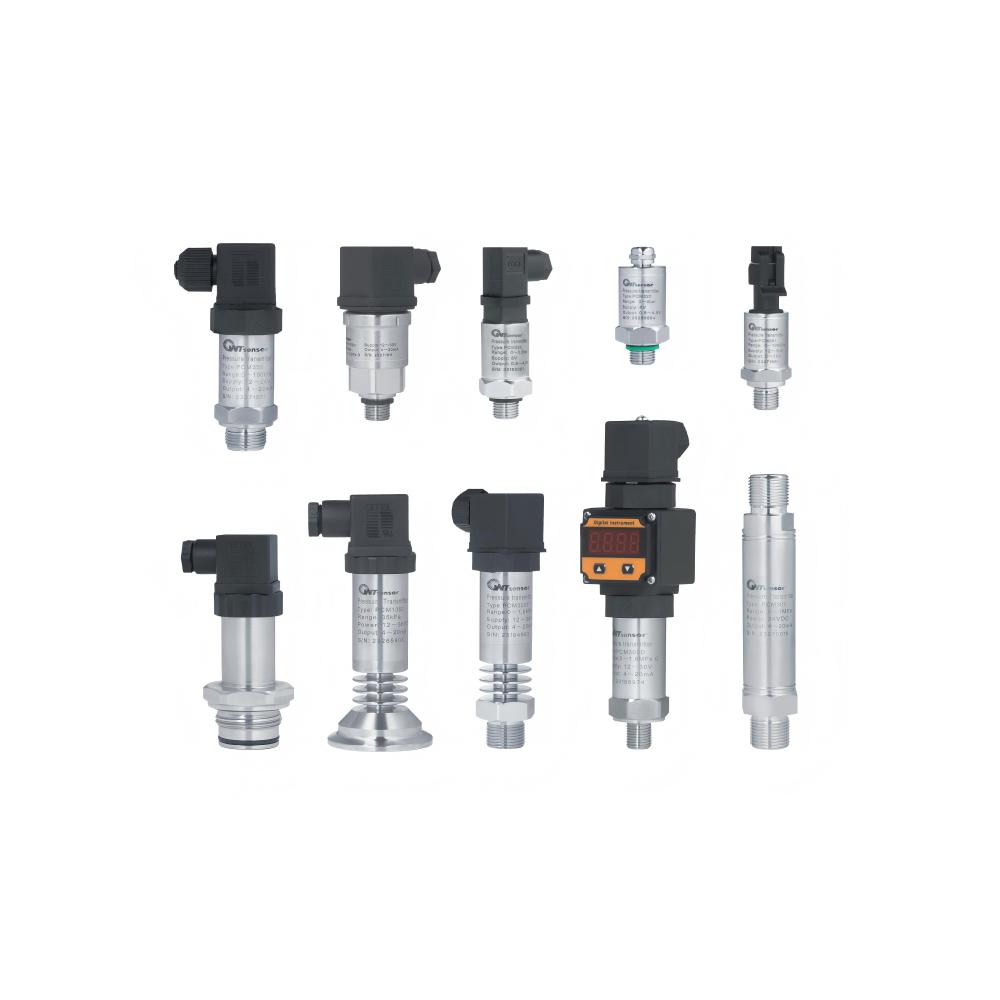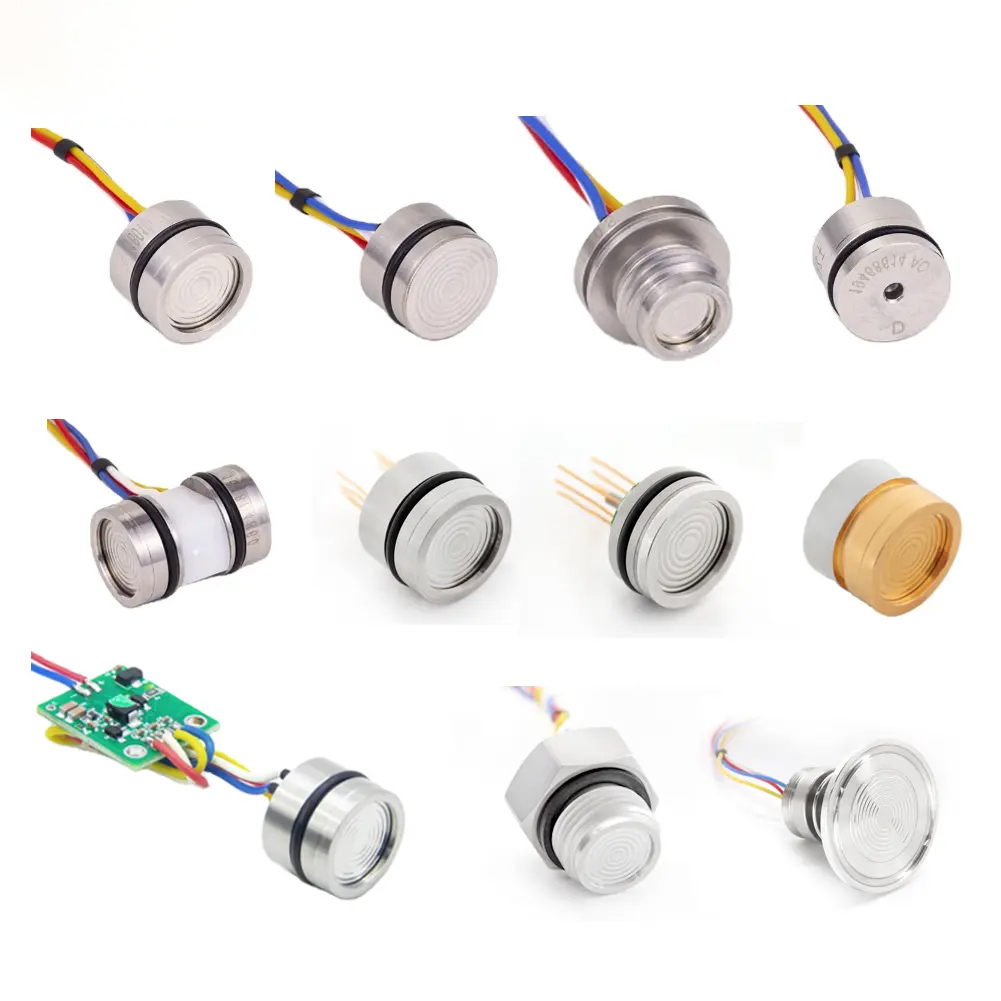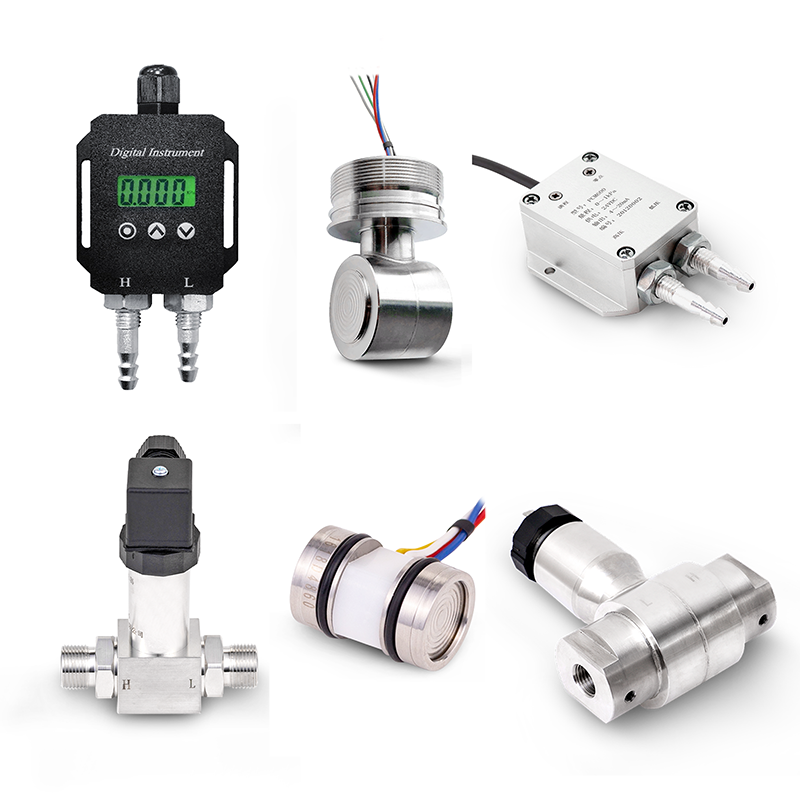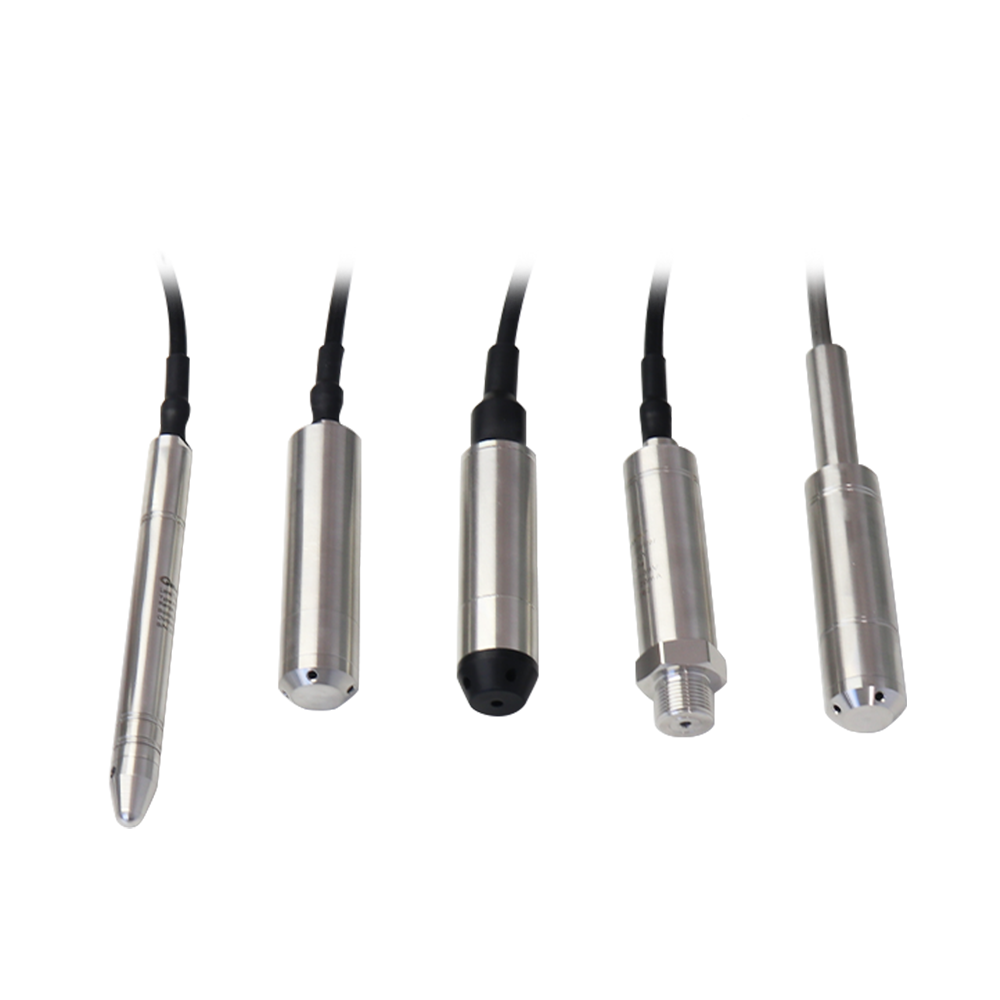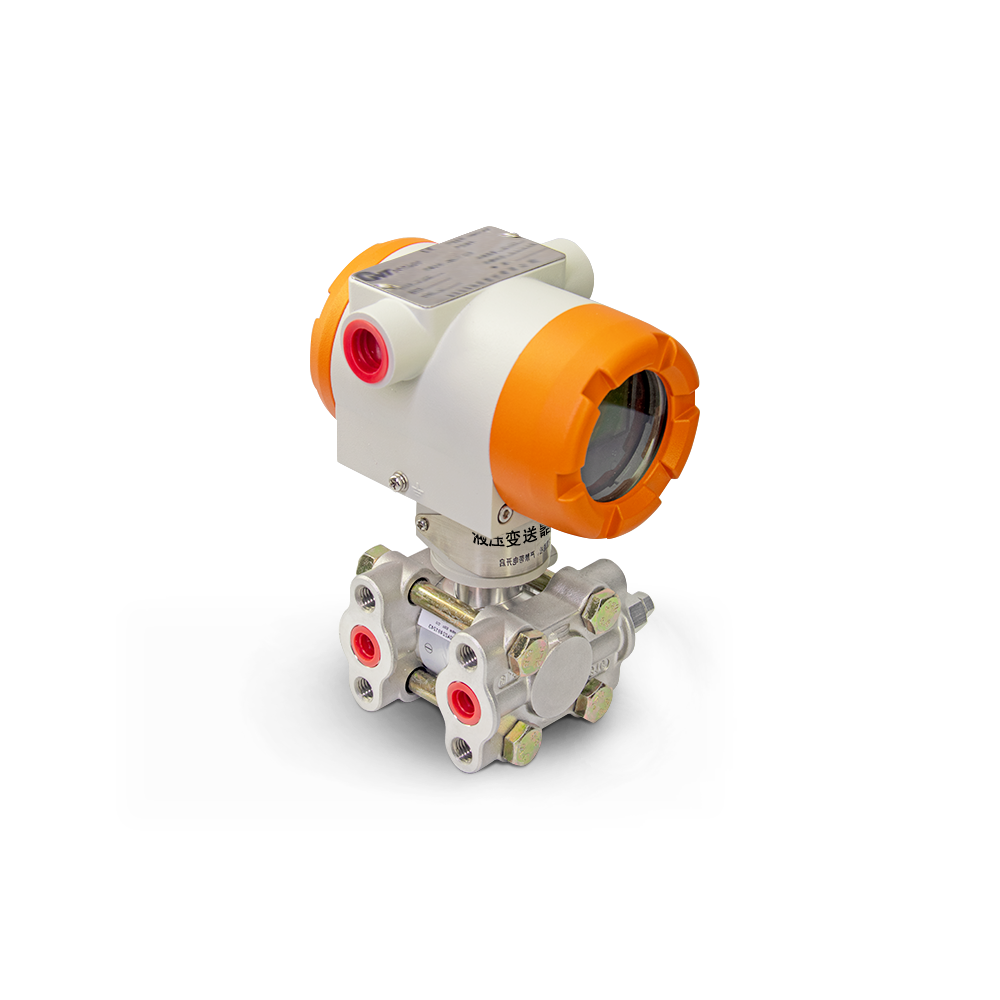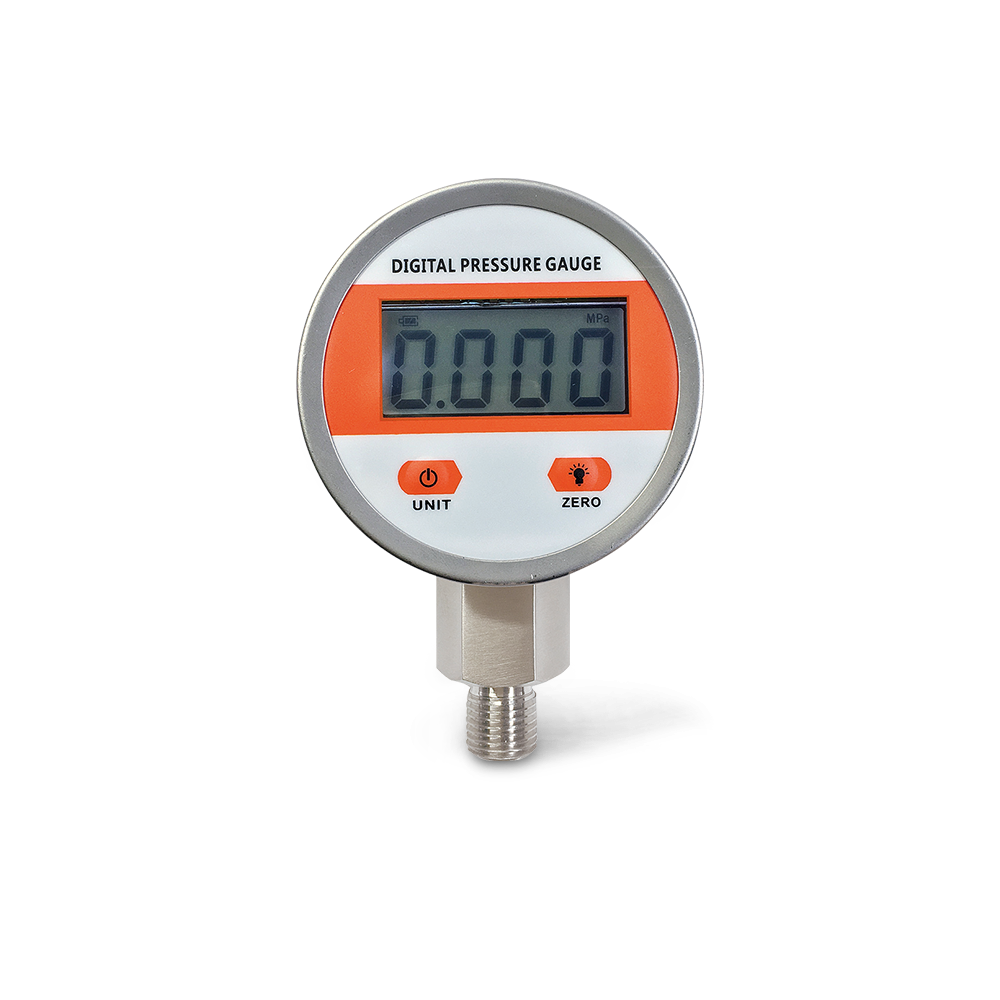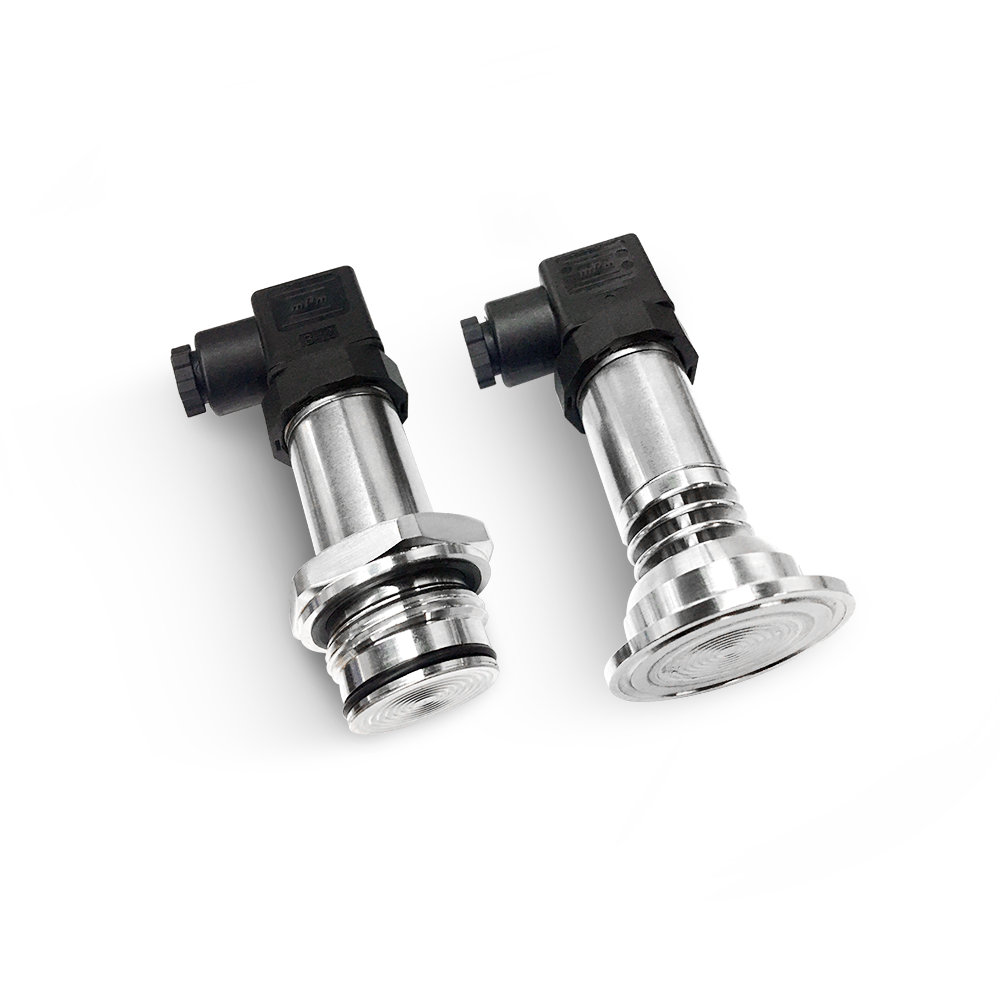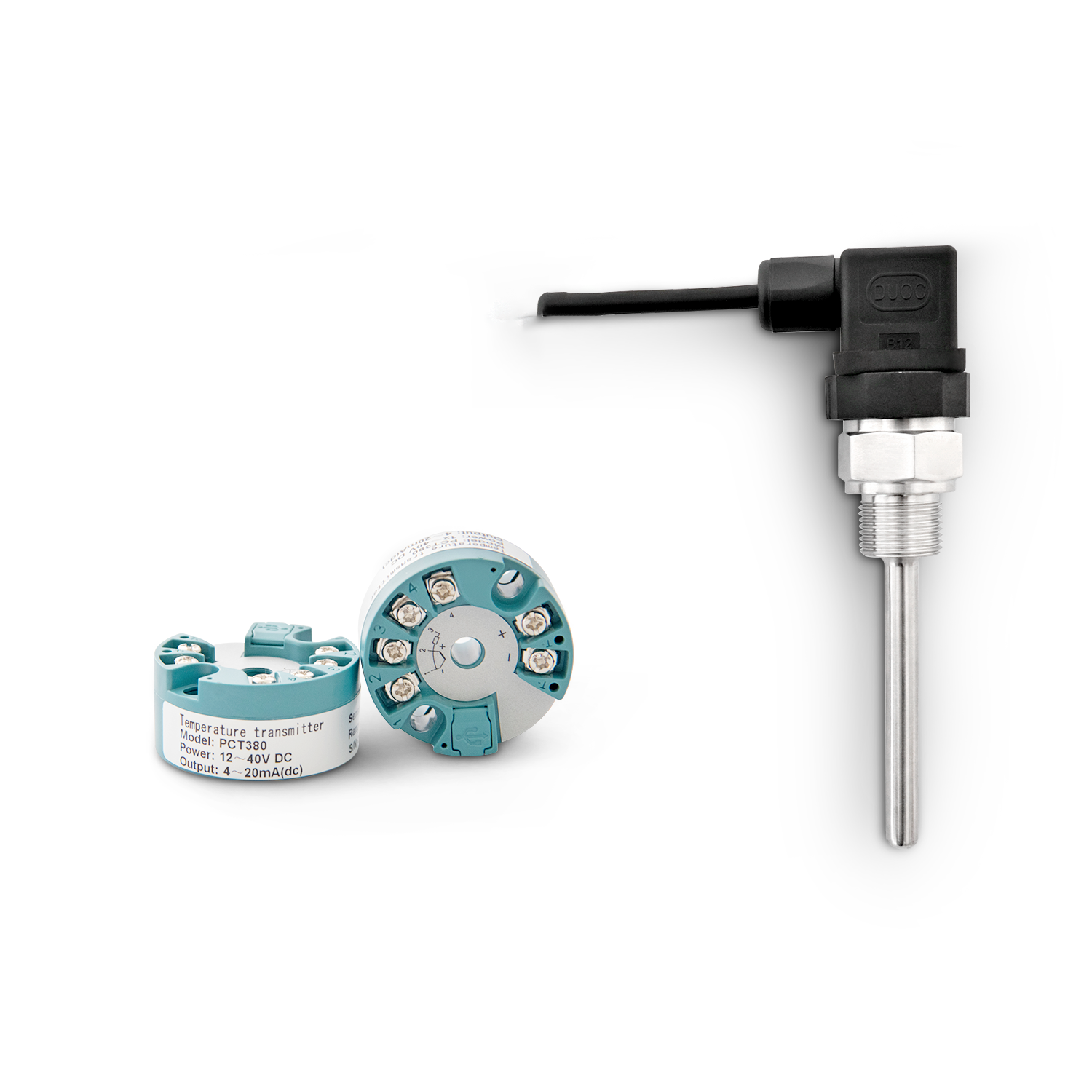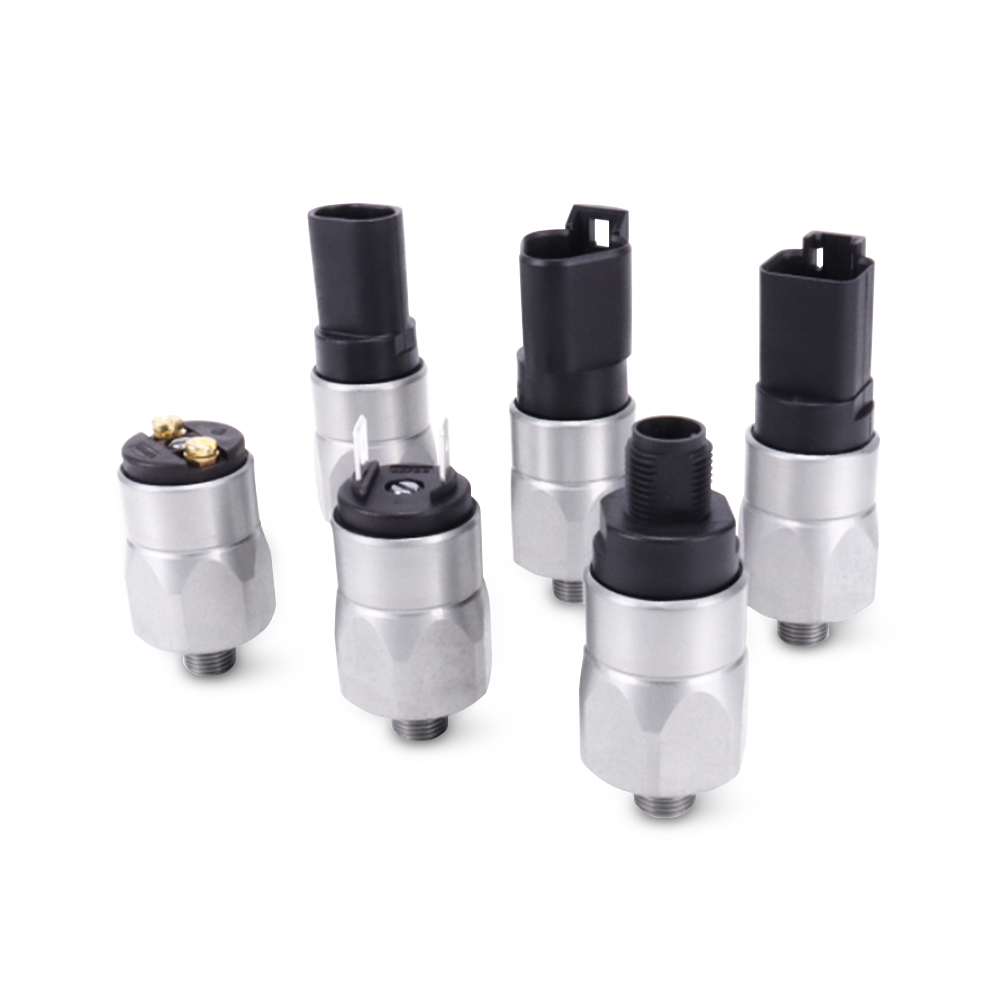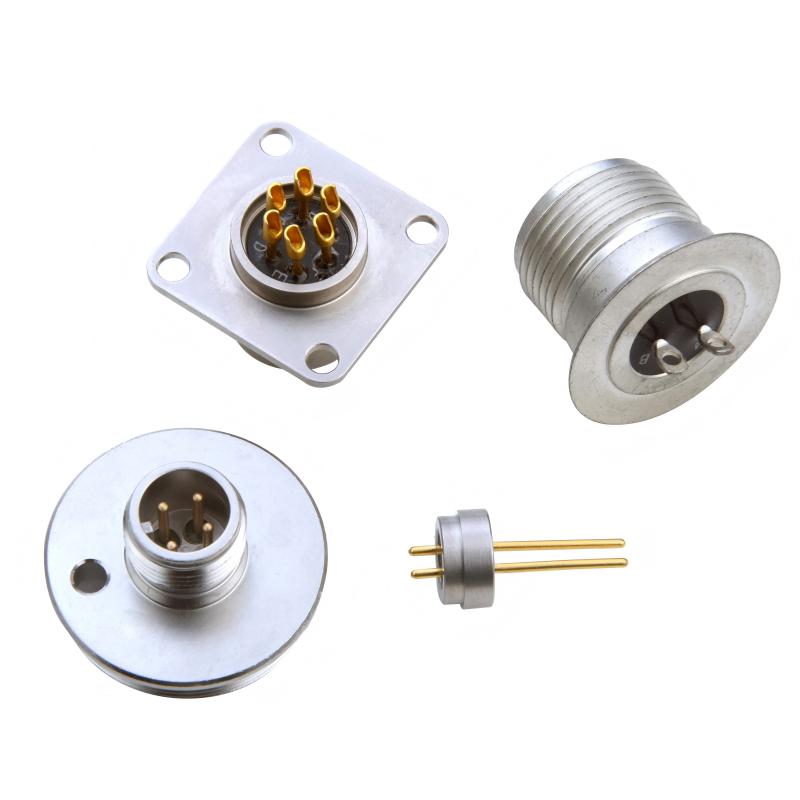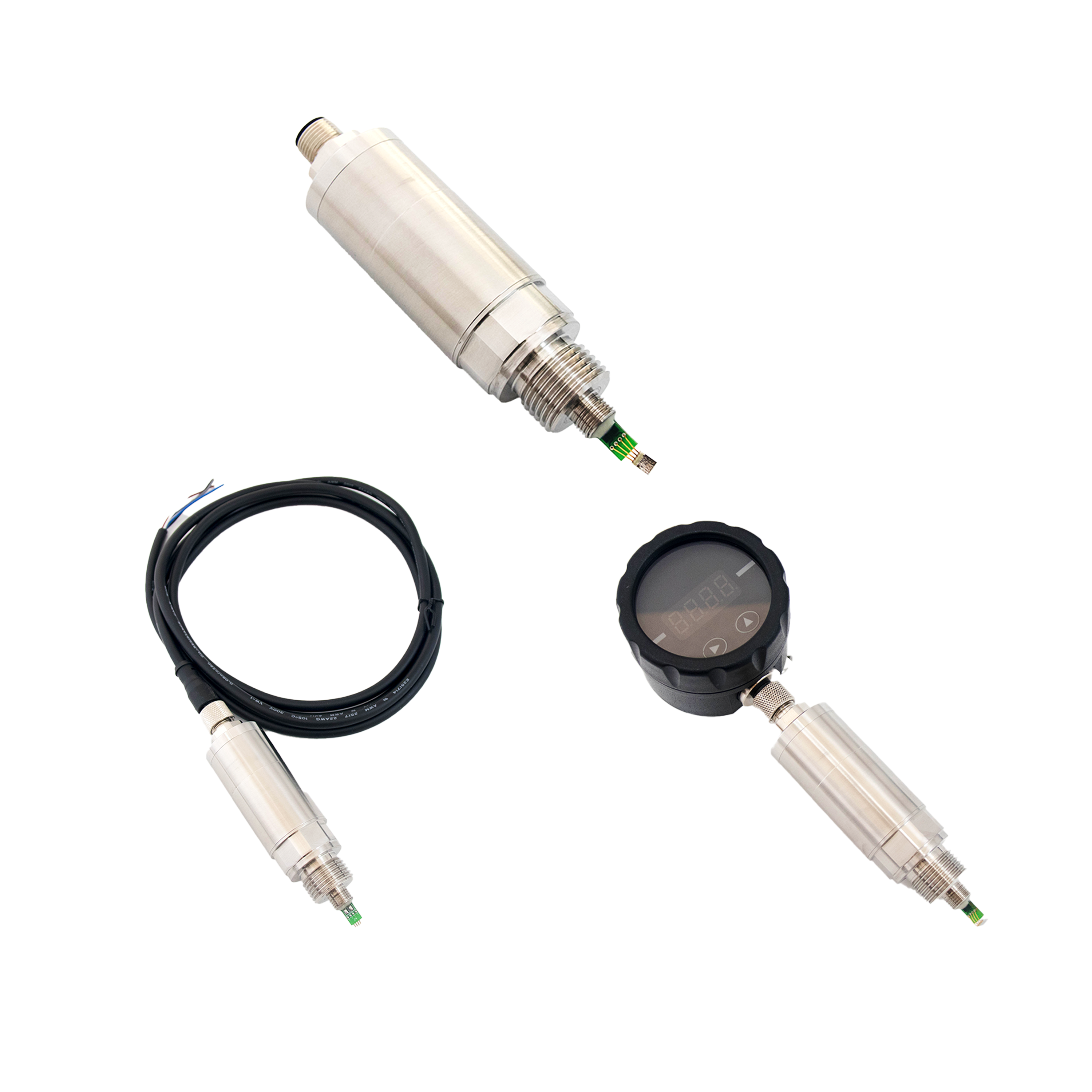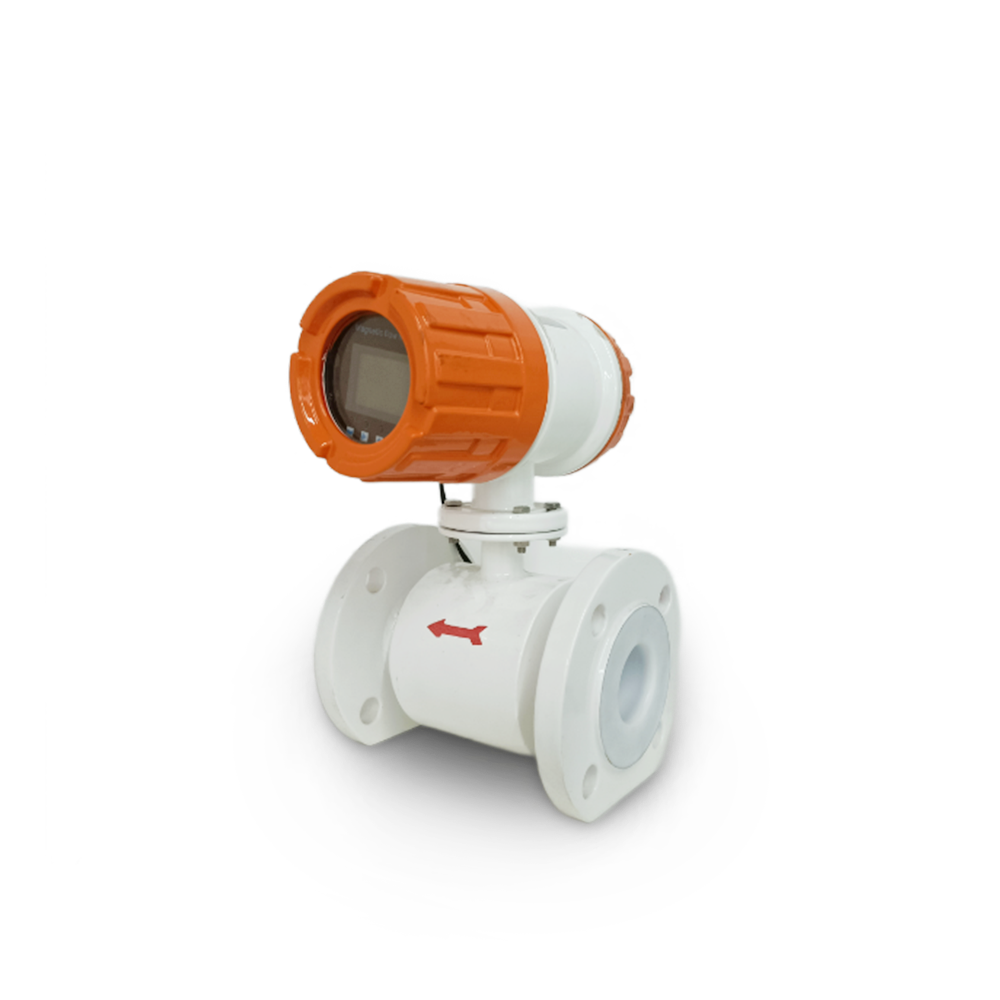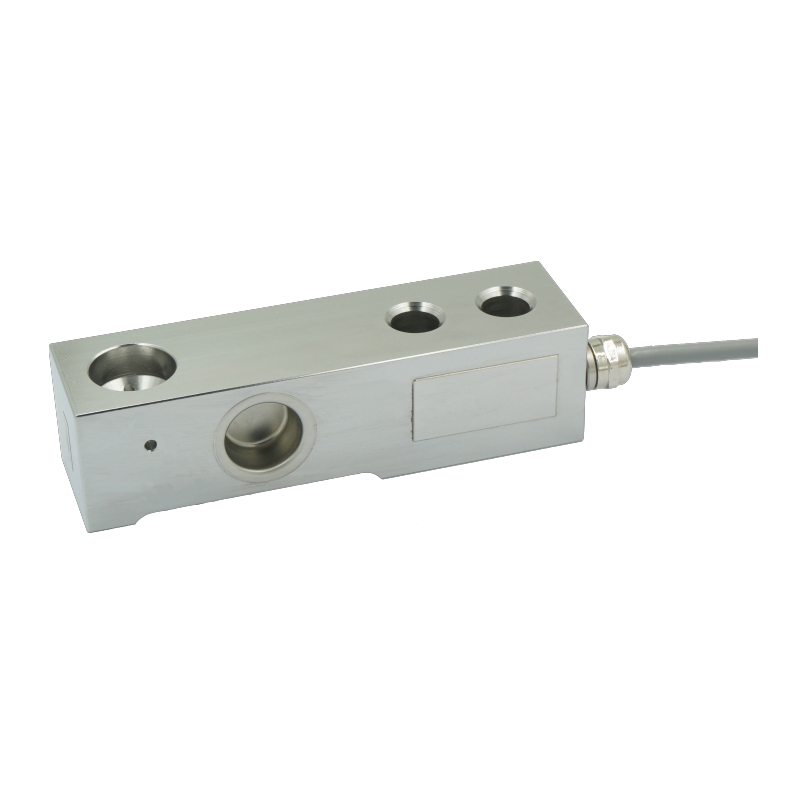Air Pressure Sensors in Air Suspension and Industrial Lift Systems
From: Issued date 2025.03.20 Back
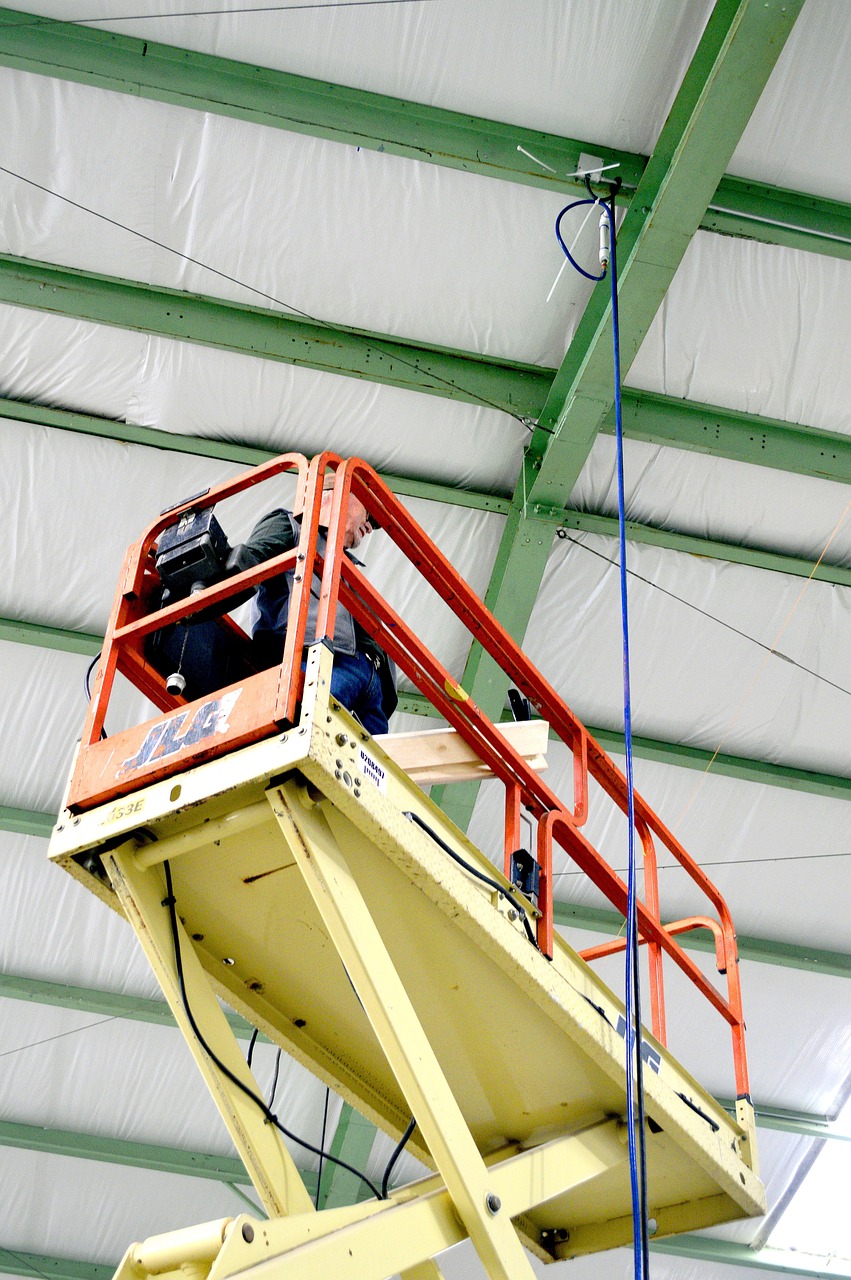
Air pressure sensors play a crucial role in air lift and air suspension systems by monitoring and controlling the air pressure within airbags or air struts, ensuring optimal ride comfort, vehicle leveling, and load balancing.
Functions of Air Pressure Sensors in Air Suspension Systems
Real-Time Pressure Monitoring – Sensors continuously measure the air pressure in the suspension system to maintain the correct ride height and stability.
Automatic Adjustments – Integrated with an ECU, the system adjusts the air pressure in response to load variations, road conditions, or driver inputs.
Leak Detection – The sensors help detect air leaks in the suspension system, preventing sudden pressure drops that could compromise safety.
Performance Optimization – Ensures proper damping characteristics for improved handling, ride comfort, and reduced wear on suspension components.
Types of Air Pressure Sensors for Air Suspension Systems
Analog Pressure Sensors (Resistive or Capacitive)
Provides continuous voltage or current output based on pressure changes.
Ideal for integration with traditional analog control systems.
Digital Pressure Sensors (MEMS or Piezoelectric)
Outputs data in a digital format for high-precision applications.
Used in advanced air suspension setups with ECU-based automation.
Pressure Switches
Activates or deactivates at a preset pressure level.
Used for simple air suspension systems with on/off control.
Key Specifications to Consider
Pressure Range: Typically from 0–10 bar (0–150 psi) depending on application.
Accuracy: ±0.5% FS or better for precise suspension control.
Response Time: Fast response for dynamic ride adjustments.
Output Type: Analog (0-5V, 4-20mA) or Digital (CAN, I2C, SPI).
Environmental Protection: IP67 or higher for durability in harsh conditions.
Temperature Range: -40°C to +125°C to withstand extreme environments.
Applications of Air Pressure Sensors in Air Suspension
Passenger Vehicles – Enhances ride comfort and maintains optimal ride height.
Trucks & Commercial Vehicles – Adjusts for varying cargo loads, reducing tire wear and improving fuel efficiency.
Off-Road Vehicles – Optimizes suspension for different terrains.
Motorcycles – Ensures stability and comfort for riders.
Recommended Air Pressure Sensors for Air Suspension Systems
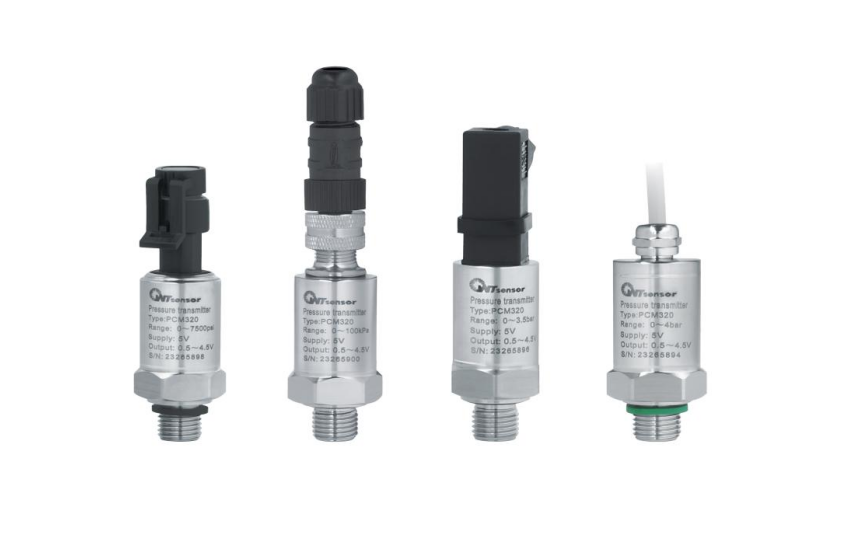
WTsensor offers high-precision, rugged air pressure sensors tailored for automotive applications. Our sensors feature:
Compact, durable designs for easy installation in air suspension systems.
Highly accurate pressure measurement for real-time system optimization.
Customizable output options (analog/digital) for integration with various control units.
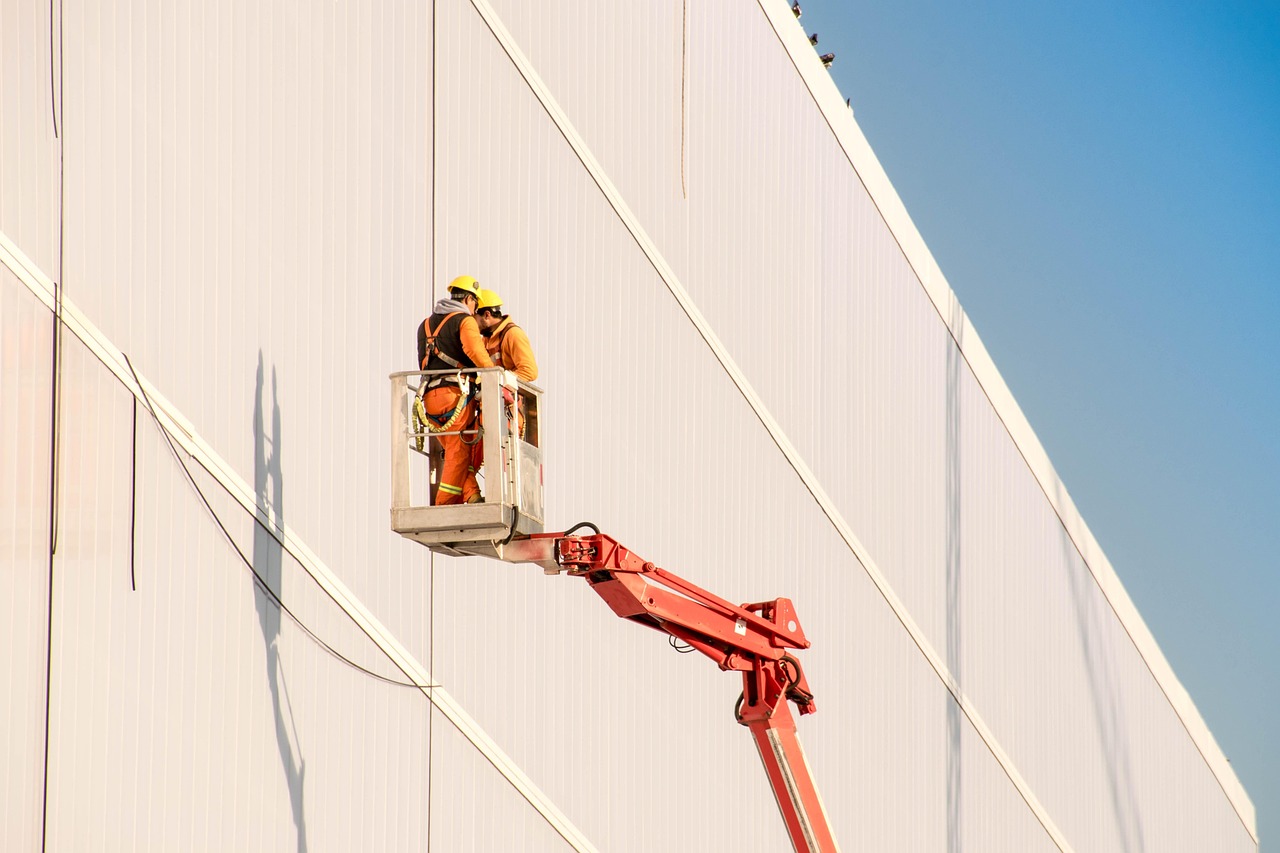
Applications in Industrial Equipment
Pressure transmitters like the PCM320 are integral to various industrial lift systems, including:
Aerial Work Platforms (AWPs): Used in construction and maintenance, AWPs rely on precise pressure monitoring to maintain stability and safety at elevated heights.
Elevating Personnel Fire Trucks: In emergency scenarios, accurate pressure control ensures the rapid and secure positioning of firefighting equipment.
Intelligent Shelving Systems: Automated warehouses utilize lift systems with pressure transmitters to handle goods efficiently and safely.
Beam Transport Vehicles and Lifting Machines: These systems require precise pressure measurements to manage heavy loads and ensure structural integrity.
In these applications, the PCM320's features—such as high precision, stability, and robust digital processing—enhance operational efficiency and safety.
Principles of Operation
Pressure transmitters convert physical pressure into electrical signals, enabling real-time monitoring and control. The PCM320 utilizes a built-in digital processing circuit to transform the millivolt signal from the sensor into standard voltage or current outputs, facilitating seamless integration with control systems. This digital processing enhances measurement accuracy and stability, crucial for the precise operations of industrial lifts.
Selection Parameters
Choosing the appropriate pressure transmitter involves considering several key parameters:
Pressure Range: The transmitter must accommodate the system's maximum operating pressure without compromising accuracy.
Accuracy and Stability: High precision ensures reliable measurements, while long-term stability minimizes drift over time.
Output Signals: Compatibility with existing control systems dictates the choice between analog or digital outputs.
Environmental Protection: Ratings such as IP67 indicate resistance to dust and water ingress, essential for harsh industrial environments.
Temperature Compensation: Transmitters should maintain accuracy across the system's operating temperature range.
The PCM320's versatile design and customizable options make it suitable for various industrial lift applications, meeting these critical selection criteria.
Future Trends in Lift Pressure Sensor Development
The evolution of pressure sensors in industrial lifts is influenced by technological advancements and industry demands:
Integration with IoT: Connecting sensors to the Internet of Things enables real-time data analytics, predictive maintenance, and improved operational efficiency.
ELA-AISBL.EU
Advanced Materials: Utilizing nanomaterials and flexible substrates enhances sensor performance, offering greater accuracy and durability.
AI and Machine Learning: Incorporating artificial intelligence allows for adaptive responses and smarter decision-making, optimizing lift operations.
Edge Computing: Processing data at the sensor level reduces latency and bandwidth requirements, facilitating faster responses and more efficient systems.
These trends indicate a shift towards more intelligent, efficient, and responsive pressure sensing solutions in industrial lift applications.
In conclusion, pressure transmitters like the PCM320 are fundamental to the safe and efficient operation of industrial lift systems. Their ability to provide accurate pressure measurements under varying conditions ensures the reliability of equipment such as aerial work platforms, fire trucks, and automated shelving systems. As technology advances, the integration of IoT, AI, and advanced materials will further enhance the capabilities of pressure sensors, leading to smarter and more efficient industrial lift solutions.

